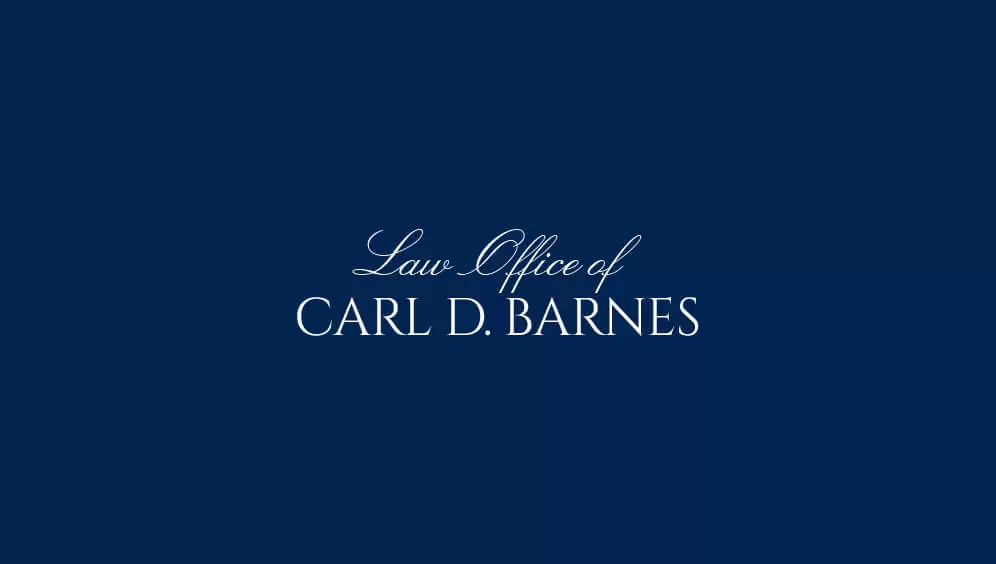Free Consultations
What are nonunions?

With the modern medicine available today, almost every bone fracture or break will eventually end up mending. However, there are certain circumstances in which this may not occur, resulting in a nonunion.
It is important to understand what a nonunion is, factors that contribute to them, and how to treat them.
How nonunions happen
The National Library of Medicine discusses nonunions in broken bones. Nonunions often happen due to complications that the original injury suffered from, like infection or the misalignment of bones.
Because of this, treatment will differ for nonunions compared to typical fractures. In cases of nonunions, medical teams will work to create individualized plans that tackle the specific issues that a patient faces, and issues that may have contributed to the nonunion.
Potential treatments
Treatments will typically target any infections of the fracture, inadequate blood flow to the area, the unique biology of the patient in question, and any biomechanical failure that may have resulted in the nonunion. This can include instability at the site of the fracture or potential alignment issues.
The outcome of treatment will also depend on several factors. For some patients, follow-up care may not seem that extensive and might take weeks or months for recovery. Other patients may experience more severe struggles and could end up dealing with an intense period of recovery lasting months or even years.
This is why it is crucial for victims of nonunions to have apt medical compensation for the damages they faced. It can help cover the continued cost of care as treatment for the broken bone goes on.

70 S. Lake Avenue, Suite 695
Pasadena, CA 91101
Pasadena Law Office Map

